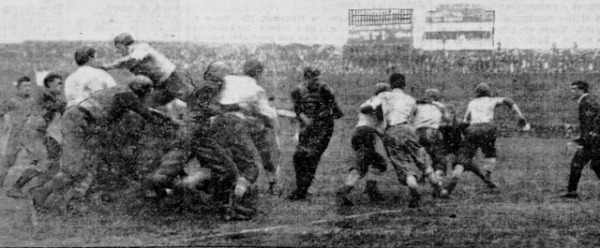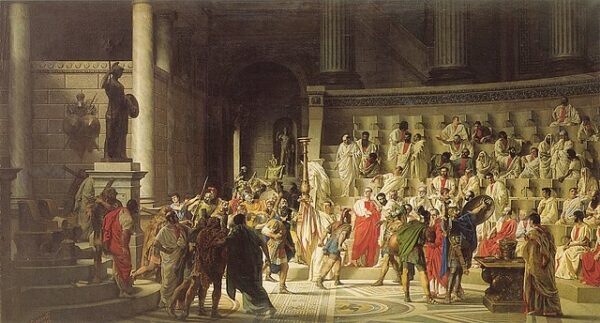On November 6, 1869, the landscape of American sports changed forever in New Brunswick, New Jersey. In what is recognized as the first official intercollegiate American football game, Rutgers College took on Princeton University, which was then known as the College of New Jersey. This historic match, held on a plot of land at Rutgers, saw Rutgers emerge victorious with a score of 6–4. Though the game looked very different from modern American football, it established a competitive tradition between colleges that would lay the groundwork for one of America’s most popular sports.
At the time, American football was still evolving and had yet to develop into the structured, rule-heavy game it is today. The rules used during this inaugural game resembled more of a hybrid between soccer and rugby, reflecting the limited organization of the sport during its early days. Teams consisted of 25 players each, with a focus on kicking rather than carrying the ball. Unlike today’s high-stakes events with packed stadiums and millions of viewers, this game was a relatively modest affair, attended by students and local spectators curious about the new form of competition.
The game’s organization and rules were crafted with simplicity in mind, as players and spectators alike were unfamiliar with football as a structured sport. The aim of the game was straightforward: each team tried to score by kicking the ball into the opponent’s goal. The match was divided into 10 “games” or rounds, and a point was awarded for each goal scored. To secure victory, a team needed to reach six points first. The 6–4 final score reflects the rounds Rutgers won over Princeton, marking their supremacy in this historical event.
The participants of this first football game were not professional athletes but enthusiastic students. The Rutgers team, known as the “Queensmen” after the college’s original name, donned scarlet scarves tied around their heads to differentiate themselves from their opponents—a precursor to the uniforms seen today. Princeton players, meanwhile, wore dark-colored trousers and orange armbands. This rudimentary “uniform” gave the game a distinct, almost casual appearance, contrasting with the polished and branded uniforms that define modern college football.
Rutgers’ victory was not solely about scoring; it was also a result of strategic play and teamwork. The team capitalized on their understanding of the game’s limited rules to outmaneuver Princeton, using clever tactics and coordinated efforts to drive the ball into their opponent’s goal repeatedly. In this sense, Rutgers’ approach laid the groundwork for future teams, demonstrating that strategic planning and cooperation were as essential as athletic ability in achieving success on the field.
The aftermath of this game reverberated throughout the college sports community, sparking interest in developing American football as a legitimate sport. Rutgers and Princeton organized a rematch a week later, which Princeton won, evening the score between the two schools. These games marked the beginning of what would eventually become college football as we know it, setting in motion a series of adaptations and rule changes that would further differentiate American football from its European counterparts.
In subsequent years, the rules of the game continued to evolve, driven by increasing interest from other colleges and the formation of governing bodies to standardize play. By the late 19th century, additional schools, such as Yale and Harvard, were joining the competitive landscape, giving rise to the establishment of conferences and the tradition of annual rivalries. The first game between Rutgers and Princeton remains a celebrated historical event, honored not only by these two institutions but by American football enthusiasts nationwide.
Today, November 6 is commemorated by Rutgers University as a day that marked the birth of college football. While the sport has since transformed into a highly organized and commercialized activity, attracting millions of fans and generating significant revenue, its humble beginnings in New Brunswick serve as a reminder of the sport’s roots in simple competition, student enthusiasm, and the pursuit of collegiate glory. This first intercollegiate game represents not only the origins of college football but also the spirit of rivalry and teamwork that continues to define American sports culture.






